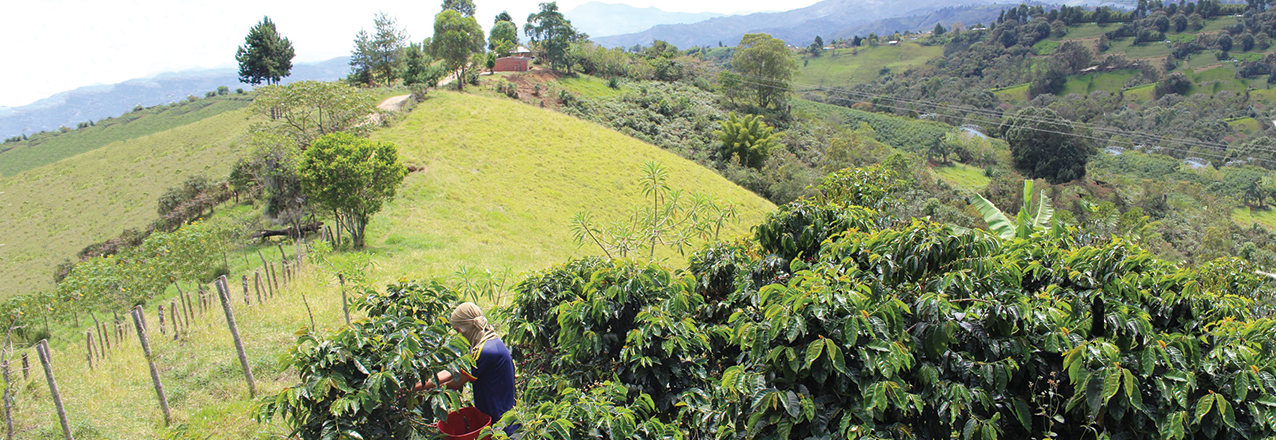Q&A with the Restitution Coordinator at the Superintendence of Notary and Registry — SNR
Originally appeared on Exposure.
IN ORDER TO STRENGTHEN THE INSTITUTIONS INVOLVED IN RURAL DEVELOPMENT AND LAND ADMINISTRATION IN THE MUNICIPALITY OF SANTANDER DE QUILICHAO (CAUCA), USAID AND THE LOCAL MAYOR’S OFFICE HAVE PUSHED FORTH AN AGRICULTURAL AND ENVIRONMENTAL PLAN. THE PLAN WILL BE USED AS A RURAL PLANNING TOOL IN ORDER TO MAKE BETTER INVESTMENTS IN LOCAL AGRICULTURE. EDNA GRIJALBA MONCAYO, SANTANDER DE QUILICHAO’S SECRETARY OF ECONOMIC AND ENVIRONMENTAL DEVELOPMENT, DESCRIBES HOW THIS PLAN WILL IMPROVE THE FUTURE OF THE MUNICIPALITY.
Q: How has USAID supported the mayor’s office?
A: Initially, USAID played an advisory role with regard to the Municipal Development Plan, the Territorial Action Plan, and the goals that we have to meet. Similarly, it provided support for each of our agriculture projects, and subsequently, the Agricultural and Environmental Plan. These tools will allow us to manage resources and determine how the municipality is doing and what its problems and limitations are.
Q: What is the relationship between the municipality’s Agricultural Plan and its Development Plan?
A: The important thing about creating the Development Plan is that it was done with the community’s participation. They defined their needs. With the Agricultural Plan, we focused on solving the limitations of each of the agricultural value chains that support the municipality’s economy and the families in rural areas—such as cacao, pineapple, mango, sugarcane, and coffee. The Plan is a tool that allows us to visualize the areas where we must intervene, whether in terms of service and inputs, technical assistance, or infrastructure.
Q: What role does land formalization play in the context of the municipality’s Agricultural Plan?
A: The mayor’s office is coordinating actions that support the right to ownership in rural areas, such as the assessment of rural properties using survey data collected by USAID. We have carried out a census for nearly 500 farmers, of which 153 produce cacao. These are the ones we have projected for land formalization. With secure property and their participation in agriculture projects, we can make sustainable changes to improve the farmer’s quality of life.


